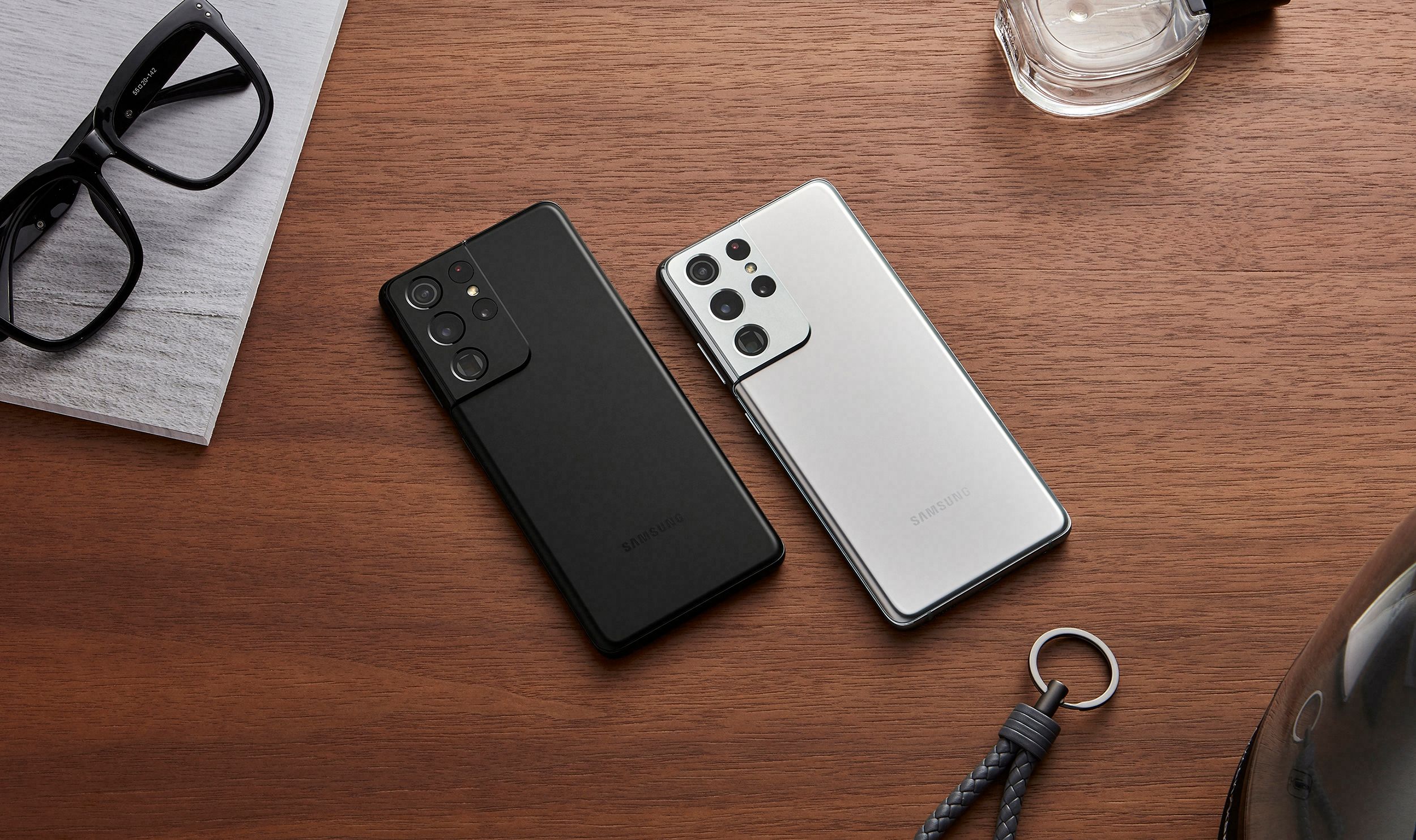The Samsung Galaxy S21 series — after months of leaks and rumors — has finally been announced. While there are a bunch of new features to be talked about, the one that stands out the most is the humbler pricing. Instead of the steep $1,000 tag that the S20 started with, the S21 starts at a relatively affordable price of $800. But, that's not the case in India; the S21 series is, in fact, more expensive than its predecessor here.
This is head-scratching at first, especially considering that the S21 and the S21+ have a few downgrades compared to last year's S20 and S20+ — no microSD card support, no charger or earphones in the box, and FullHD displays being a few of them. But there's more to it.
|
Galaxy Series |
Galaxy S20 |
Galaxy S21 |
|---|
The Galaxy S20 series that was announced in India was powered by Samsung's in-house Exynos 990 SoC. Unlike the Snapdragon 865 that was used by its kin in markets such as the US, the 990 didn't have an integrated 5G modem. This gave Samsung the leeway to not bundle 5G modems in markets where 5G wasn't available yet. This is precisely why the Galaxy S20 variants in India could undercut the US variants' pricing — they didn't have 5G modems.
Samsung Galaxy Note 20 Ultra
The Galaxy Note 20 Ultra, however, did have support for 5G in India as Samsung bundled the Exynos Modem 5123. This was even reflected in the price of the smartphone that started at ₹104,999 ($1,436) in India, whereas its counterpart in the US retailed for $1,299.
Things are different this year with the Exynos 2100. The latest flagship processor from Samsung has an integrated 5G modem, which means 5G isn't an option anymore, it's mandatory. And as we know, 5G comes at a price. This is the primary reason why the S21 series in India is more expensive than the S20 series.
Bringing support for 5G is not something to be scoffed at, but what's unfortunate is that India doesn't have any 5G networks yet; the first one is expected to go live only in the second half of 2021. Even then, chances are the rollout will be rather limited. The other two major telcos in India (with a combined market share of almost 40%) haven't even given an ETA on when they'll roll out 5G. This basically means that S21 buyers in India will be paying a premium for a feature that they likely won't be able to use in the next year (or more).

